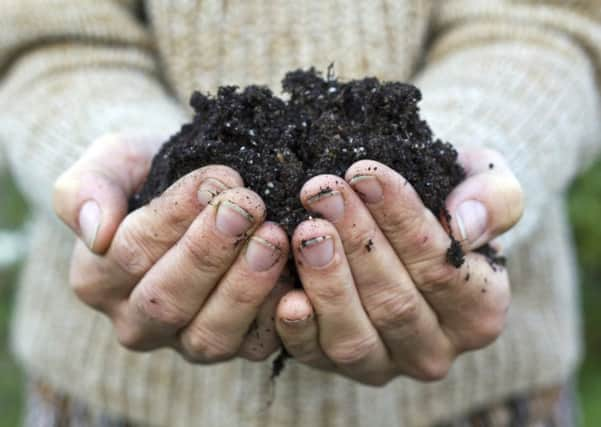Soil: agriculture's vital but undervalued asset


Responding to publication of the House of Commons environmental audit committee report on the health of UK soils, researchers at the James Hutton Institute said that soil was of fundamental importance to society – yet it remained one of the country’s most undervalued assets.
Welcoming the findings of the report – which called for more monitoring and better regulation of the management of this “fundamental asset” – Dr Helaina Black, ecological sciences group leader at the institute, said that a great deal of the necessary knowledge and the tools required to manage, monitor and restore soils were already available.
Advertisement
Hide AdAdvertisement
Hide AdWhile agreeing that there was a need for “urgent action and investment” from all organisations who work with soils to stop further degradation, she said that Scotland had a history of leading the way on the monitoring of soils.
With the first official records in the Scottish National Soils Database dating to 1934, Black said that Scotland had a great history of mapping, sampling, analysing and archiving soils: “We now hold data on soils from over 13,600 locations across Scotland alongside extensive mapping of soil types across the whole of the country.”
She said that the record had been used for many different purposes over the years – from helping to identify land capability for agriculture, model climate change impacts on the environment and identifying new locations for native woodlands and was now being made freely available through websites such as Scotland’s Soils.
Extensive surveys carried out between the 1930s and the 1980s – with the addition of some 21st century work funded by the Scottish Government – meant that Scotland had a unique national soil archive:
“This substantial national resource has given us clear insights into how Scotland’s soils are changing with pollution, management and into the future with climate change and continues to be explored for scientific discovery,” said Black.
However, she said that while continued investment in the project would be needed from Scottish Government, other organisations should also be involved in funding as all could benefit from the database:
“Anyone working with soil can use the tools and techniques to measure the current status of their soils – from gardeners, farmers to estate managers and bodies such as SEPA, SNH and the Forestry Commission.”
